Tham Piew Cave

Tham Piew Cave is an unforgettable historical site in Laos with unimaginable tragedy during the Second Indochina War in 1969. This place commemorates a painful and dark past that evokes deep sorrow. Today, Tham Piew Cave is one of the profound destinations reflecting both the past and the beauty of the present.
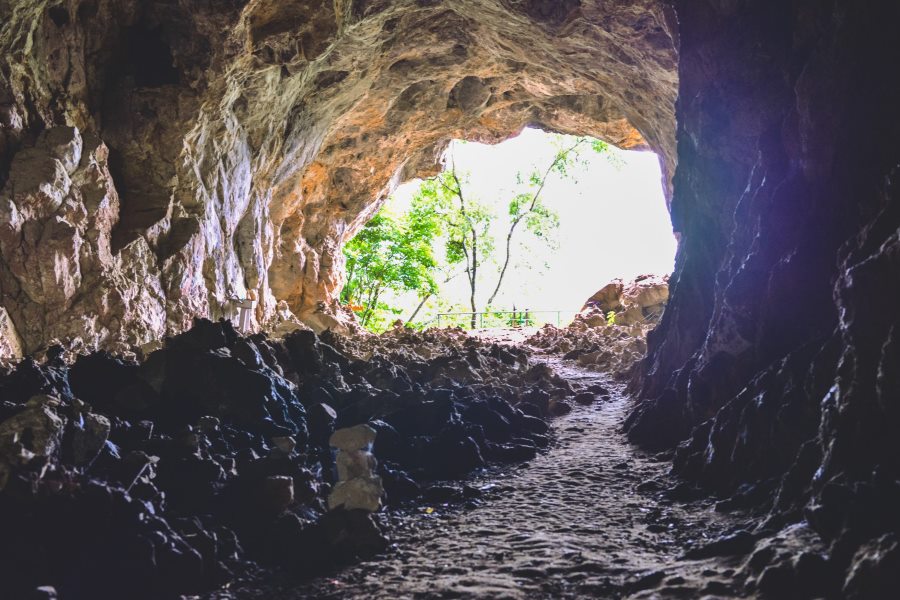
Tham Piew Cave, a historical and natural landmark in Laos (Cre: discoverLaos)
Tham Piew Cave is located in Muang Kham district, Xieng Khouang province, northeastern Laos. It sits on a rugged mountainside, approximately 80 meters high, with a spacious interior extending hundreds of meters.
Tham Piew Cave served as a refuge for hundreds of local residents before the tragic events of late 1968, which are considered a severe shock and have left a profound sense of loss for the people of Laos to this day.
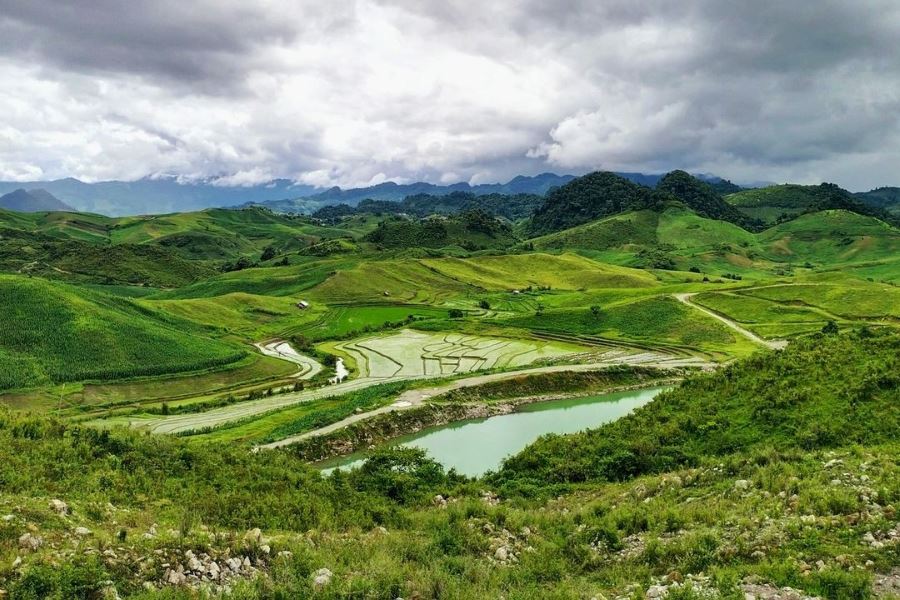
Tham Piew Cave is located in Muang Kham district, Xieng Khouang province (Cre: nikosbt)
During the years 1964-1968, the United States escalated and expanded destructive operations to suppress the revolutionary struggle of the Lao army and people. Tham Pieu Cave was chosen as a refuge during airstrikes carried out by the enemy's modern fighter jets.
November 24, 1968 marked one of the most tragic moments for the people of Laos during the struggle for national liberation. A missile launched from the United States' "Thunderchief" F105 fighter jets immediately claimed the lives of 374 Laotian civilians sheltering in Tham Pieu Cave.
This devastating event has deeply etched an indelible mark in the history of Tham Pieu Cave. Today, Tham Pieu serves both as a memorial to those who perished and as a place for reflection, attracting tourists who wish to honor its historical heritage and appreciate its natural beauty.
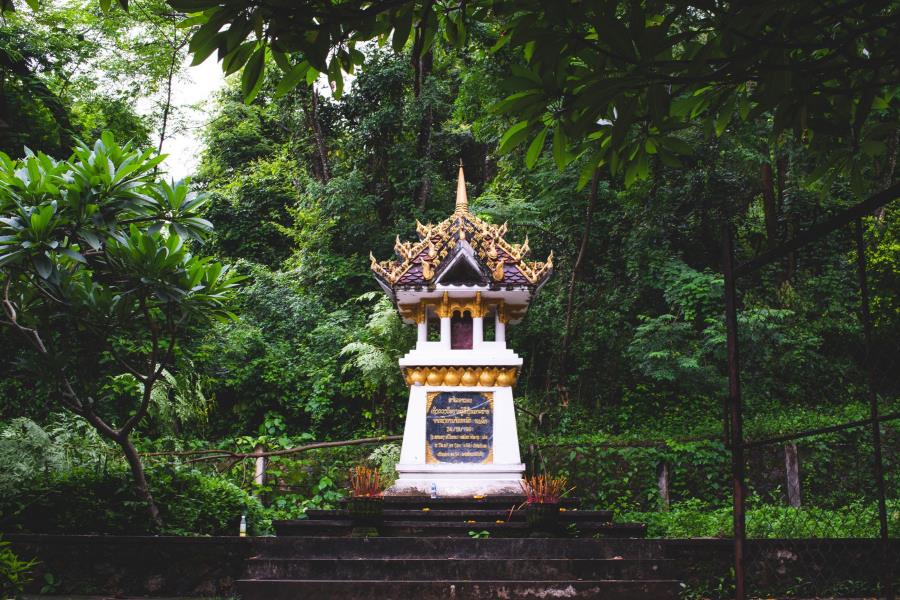
This tragic event carved an indelible mark on the history of Tham Piew Cave (Cre: discoverLaos)
You may also like: Laos tours 5 days
Tham Piew Cave serves as a small museum, offering visitors a glimpse into the aftermath of the catastrophic missile attack. At the foot of the trail leading to Tham Piew Cave is a memorial temple featuring a statue of a man with a sorrowful expression cradling the limp body of a child.
The cave features a golden Buddha, a milestone, and a bomb crater before reaching Tham Piew Cave. While touring Tham Piew Cave, visitors will clearly see the remnants of debris and scattered rocks, serving as evidence of a tragic event. Additionally, visitors can feel the resilience of the Lao people in the face of such tragic and horrific trials, which is both heartbreaking and inspiring.
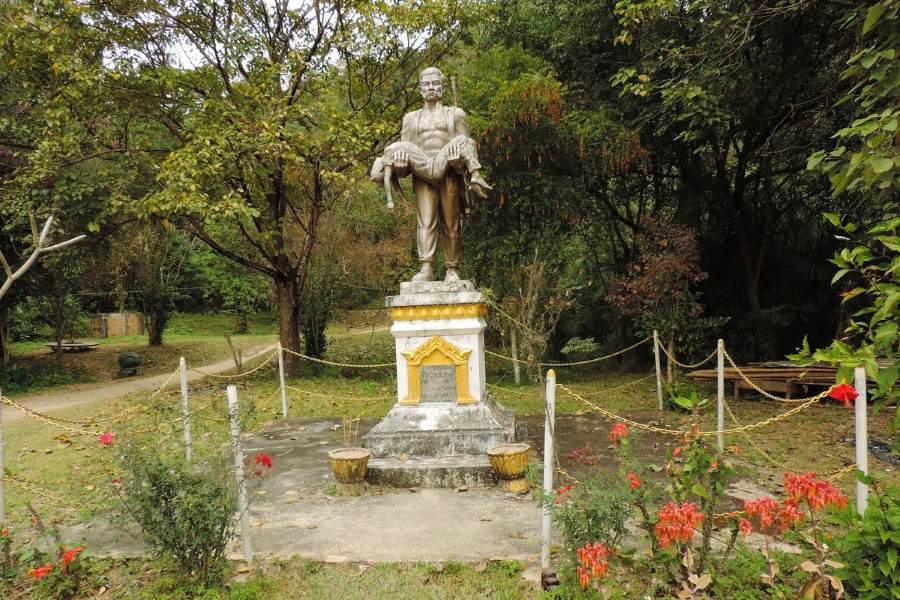
Tham Piew Cave serves as a small museum (Cre: tripadvisor)
Plain of Jars
The Plain of Jars, located in Xieng Khouang province in northeastern Laos, is one of the most intriguing and significant archaeological sites in Southeast Asia. Scattered across the landscape are thousands of large stone jars, whose origins and purpose remain a mystery.
This UNESCO World Heritage site not only captivates visitors with its enigmatic stone structures but also offers a glimpse into the ancient culture and history of Laos. Surrounded by scenic beauty and steeped in legend, the Plain of Jars is a must-visit destination for history enthusiasts and curious travelers alike.
.jpg)
The Plain of Jars, located in Xieng Khouang province in northeastern Laos (Cre: discoverLaos)
Xieng Khouang Provincial Museum
The Xieng Khouang Provincial Museum offers a fascinating glimpse into the history, culture, and heritage of the region. Through its exhibits, artifacts, and displays, the museum showcases the diverse ethnic groups, ancient civilizations, and historical events that have shaped Xieng Khouang province over the centuries.
Visitors can explore archaeological finds, traditional handicrafts, and relics from the Second Indochina War, gaining insights into the rich tapestry of Lao culture.
With its informative exhibits and immersive experiences, the Xieng Khouang Provincial Museum is a must-visit destination for those seeking to delve deeper into the history and heritage of Laos.
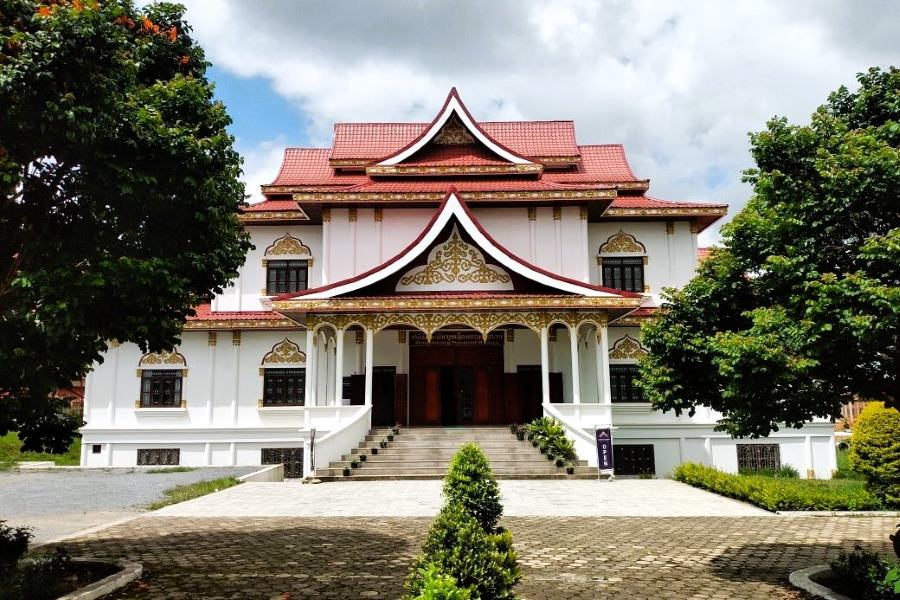
The Xieng Khouang Provincial Museum is a must-visit destination (Cre: tripadvisor)
The ideal time to visit Xieng Khouang province and prominent locations such as Tham Piew Cave, Xieng Khouang Provincial Museum, Plain of Jars is during the dry season, which usually lasts from November to April.
During these months, the weather is generally pleasant, with less chance of rain and more comfortable temperatures for exploring the cave and surrounding area.
Additionally, the dry season ensures easier access to the cave and safer conditions for hiking and outdoor activities. However, visitors should note that Tham Piew Cave can be visited year-round, and each season offers its own unique experiences and perspectives on this historical and natural landmark.
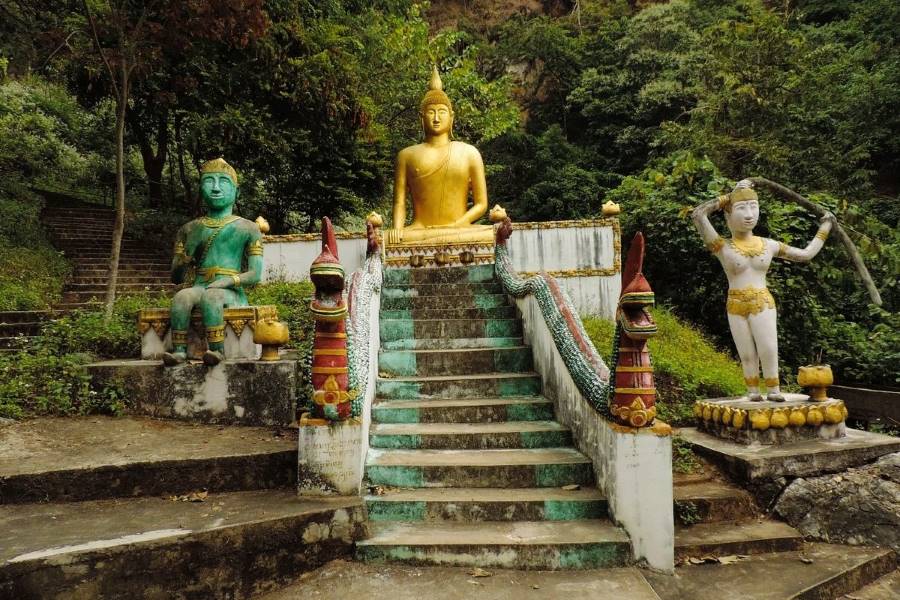
Ideal Time to Visit Tham Piew Cave (Cre: tripadvisor)
Tham Piew Cave is situated roughly 60 km from Phonsavan, the provincial capital of Xieng Khouang. You can reach it by car, motorcycle, or tuk-tuk.
By following these transportation options, visitors can easily access Tham Piew Cave and explore its historical and natural wonders.
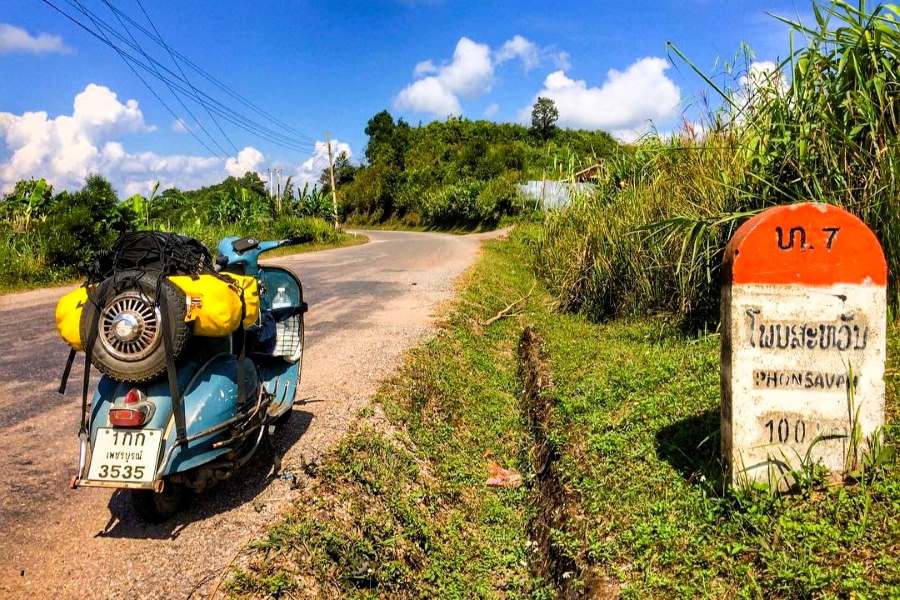
Tham Piew Cave is situated roughly 60 km from Phonsavan (Cre: dragbar.on.tour)
Here are some tips to help you make the most of your visit to Tham Piew Cave:
Remember these tips as they will help you plan for a memorable and enjoyable visit to Tham Piew Cave!
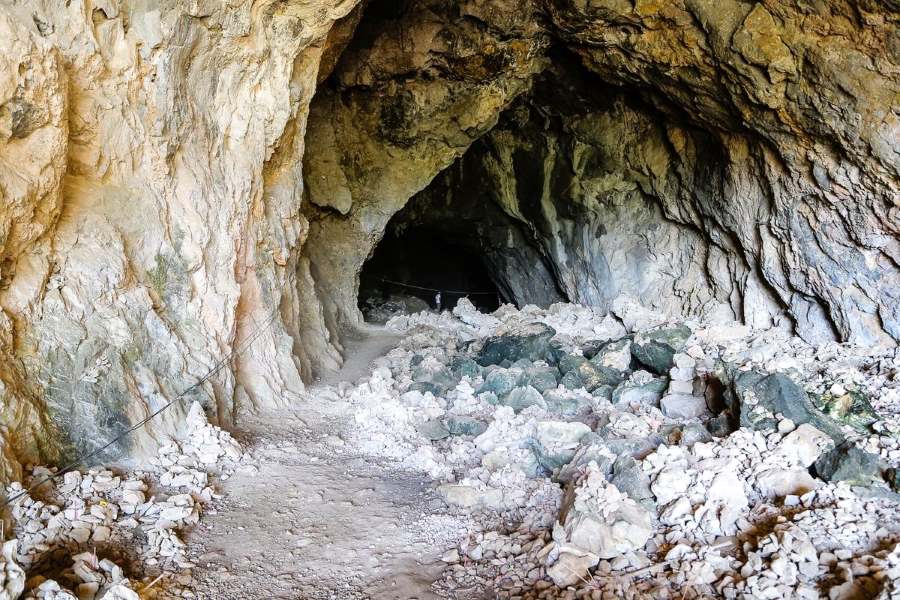
Some tips to help you make the most of your visit to Tham Piew Cave (Cre: atlasobscura.com)
In summary, Tham Piew Cave serves as a profound reminder of the human cost of war and a testament to the resilience of the Lao people. Its historical significance and natural beauty make it an unmissable destination for travelers seeking to explore Laos' rich heritage.
Let Asia King Travel help you plan and discover exciting destinations in Laos!
You may also like: Laos tours 7 days